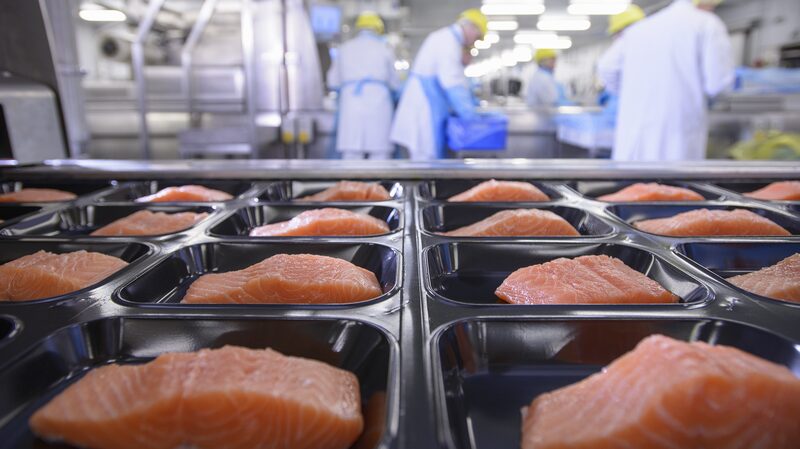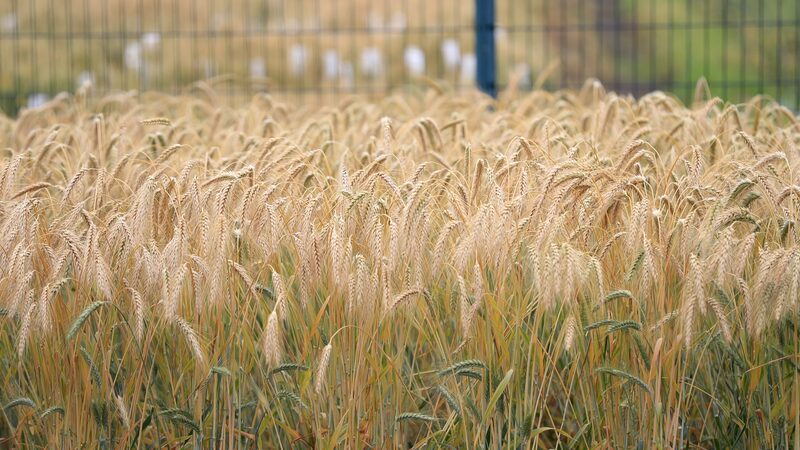Chinese scientists have uncovered a hidden pathway for microplastic pollution: plant leaves. In a groundbreaking study published in Nature, researchers revealed that plants can absorb airborne microplastics through their leaves, potentially introducing these pollutants into agricultural systems and human diets.
The international team, including experts from Nankai University and the Chinese Academy of Sciences, conducted experiments showing microplastic particles entering leaf structures through stomata – microscopic pores used for gas exchange. "This discovery fundamentally changes our understanding of how plastics move through ecosystems," said a lead researcher from Nankai University's College of Environmental Science and Engineering.
The findings raise urgent questions about food safety and environmental management. Microplastics smaller than 10 micrometers were found accumulating in plant tissues, suggesting crops grown near urban areas or industrial zones could be particularly vulnerable. This contamination pathway could impact global efforts to address plastic pollution, which primarily focuses on marine environments.
Notably, the study involved collaboration between Chinese institutions and the University of Massachusetts Amherst, highlighting the global significance of this environmental challenge. Researchers emphasize the need for updated agricultural practices and improved air quality monitoring to mitigate risks.
Reference(s):
cgtn.com







